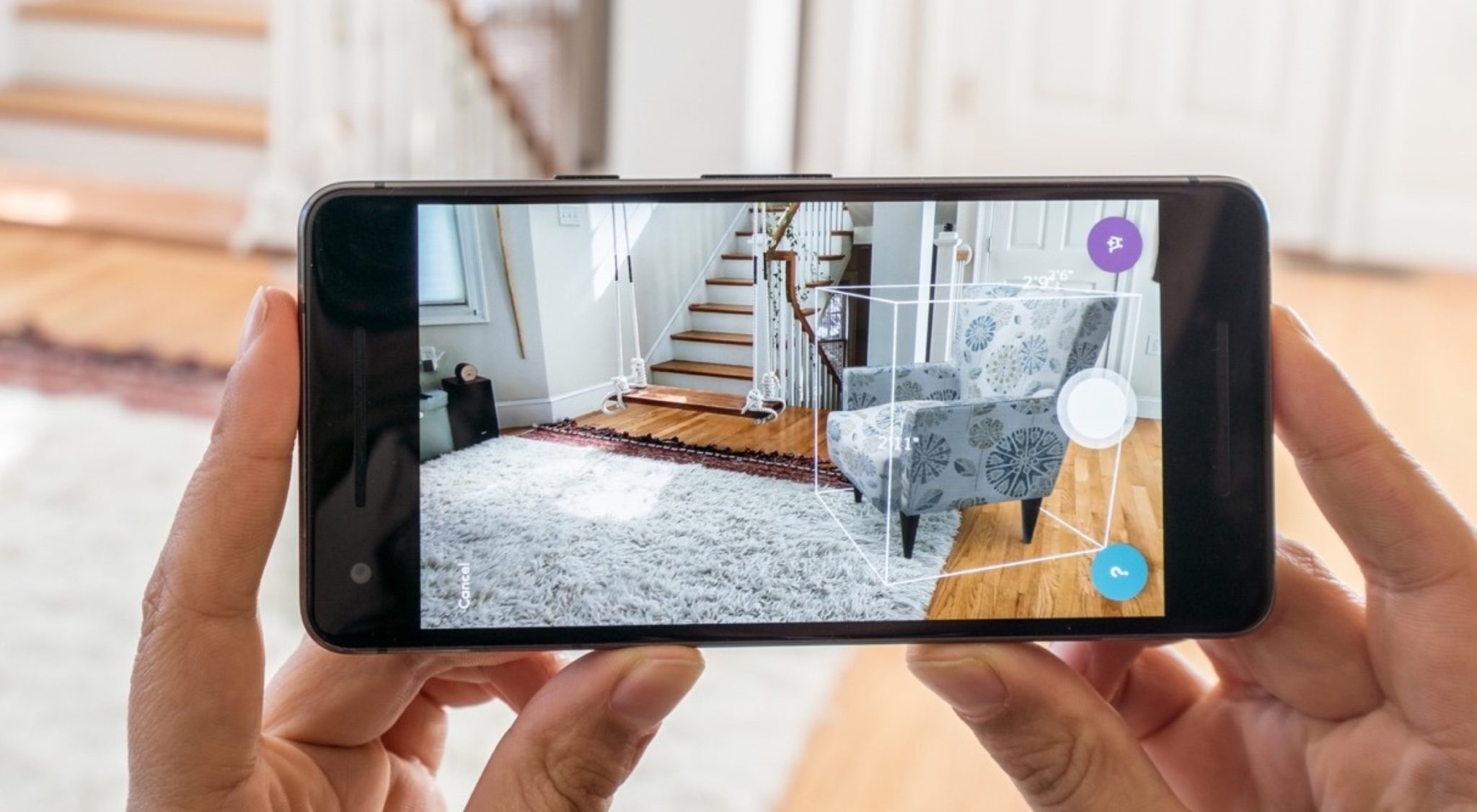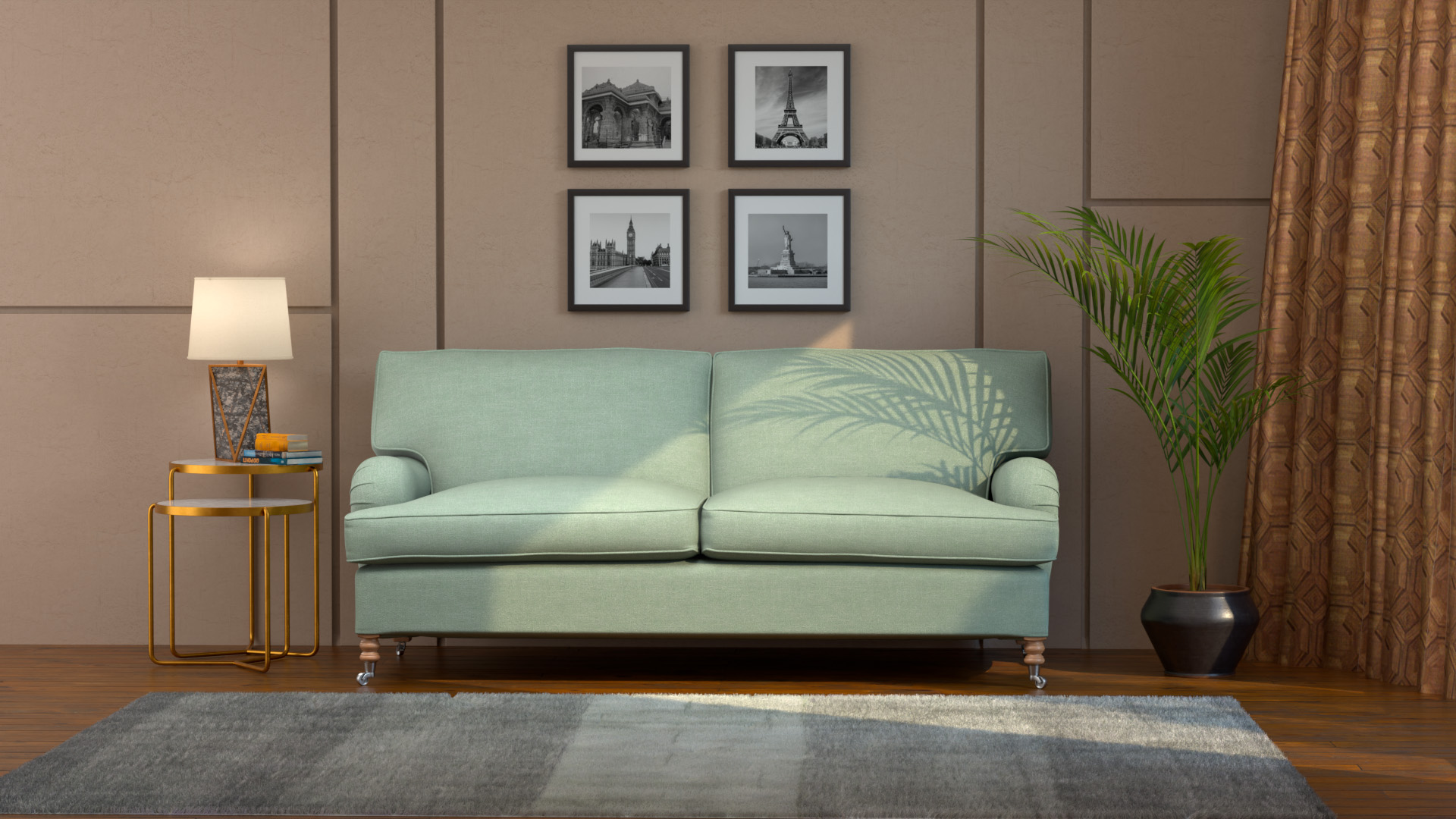Personalization has become a hallmark of modern furniture retail. Consumers increasingly expect – and want – the ability to tailor sofas, chairs, tables, and outdoor furniture to their own unique tastes and spaces. That includes everything from fabrics and finishes to modular designs and configurations. But as the demand for choice grows, so too does a hidden challenge: option overload.
With product catalogs expanding to accommodate consumer expectations, furniture companies risk overwhelming shoppers with too many possibilities. Iconic US brand La-Z-Boy illustrates the scale of the problem: the company’s customizable product range spans more than 29 million possible configurations. The paradox is clear: offering more choice can unintentionally stall the path to purchase. For many brands facing this challenge – including La-Z-Boy – the solution is found in the form of a 3D furniture configurator. These digital tools have become a crucial enabler of seamless exploration, comparison, and personalization, maintaining momentum in the buyer journey.
Looking to simplify complex product choices? Contact Enhance XR for a free consultation on how a 3D configurator can enhance your buyer experience and boost sales.
How consumer demand drives 3D configurator adoption
For furniture brands, option overload is not a distant risk – it’s an operational and commercial challenge already at play. The furniture industry's shift to product personalization has made extensive product variation the norm, not the exception – making managing large catalogs with extensive variants a strategic imperative.
While this flexibility supports a wide range of buyer preferences, as well as serving increasingly segmented and niche audiences, it also creates a paradox of choice. Under this concept, a greater number of options increases the time and mental energy required to evaluate each one, while creating higher expectations of making the ‘perfect’ choice. This, in turn, increases the chance of buyer’s remorse due to unmet expectations – or the feeling a better option might still exist. This issue is particularly acute when product exploration is confined to traditional web store formats that might involve navigation through a range of filters, dropdown menus, windows, and results pages, risking buyer fatigue.
Nonetheless, studies conclusively show that buyers want this level of choice and personalization; what is needed, therefore, is a simple, intuitive, and effective way to navigate it. Industry research conducted by Provoke Insights confirms this: Among digital furniture shoppers, 84% selected the ability to quickly change and view product color, fabric, size, and finish on their device as the most helpful addition to their purchase experience. This highlights the fact that what buyers want is not less choice, but a practical way to take advantage of it.
From friction to flow: making choice an advantage with a 3D furniture configurator
This is where a 3D furniture configurator comes into its own. Visual commerce tools – especially those combining real-time 3D with augmented reality (AR) experiences – enable brands to present extensive product options in a way that feels engaging, intuitive, and confidence-building.
Instead of relying on static images, filters, or dropdown menus, a 3D furniture configurator provides an immersive interface where every choice updates the product model in real time. Consumers can explore options visually, without guesswork. All options are displayed in one place and accessed easily and intuitively, and each fabric change, modular layout, or leg finish is rendered instantly – allowing shoppers to experiment and compare with minimal friction. And once configured, buyers can preview that choice in their home with AR, then either confirm the purchase or quickly refine and preview again.
“AR is table stakes for today's furniture shopper,” said Jill Brown Thomas, Senior Director of Digital Commerce at La-Z-Boy (via PR Newswire). “La-Z-Boy customers love it, so we set out to provide AR for every buyable option in our highly configurable catalog.” By anchoring customization in a visual, interactive experience, brands not only reduce friction – they create moments of engagement that drive momentum through the purchase funnel.
“AR is table stakes for today's furniture shopper. La-Z-Boy customers love it, so we set out to provide AR for every buyable option in our highly configurable catalog.”
- Jill Brown Thomas, Senior Director of Digital Commerce at La-Z-Boy
The shopper's perspective: Clarity, confidence, and control
In a high-consideration category like furniture, confidence is currency. The more clearly shoppers can explore and visualize their choices, the more likely they are to buy – and keep – the pieces they select.
A 3D furniture configurator delivers this clarity by reducing reliance on imagination. Shoppers can instantly answer questions like: What would this look like in charcoal velvet? Would a right-hand chaise fit better in my room? Does the matte black finish clash with my flooring? These micro-decisions, when addressed visually, transform uncertainty into confidence.
The experience also empowers consumers to take control of their journey. Rather than scrolling through dozens of near-identical SKUs, they can navigate a single interactive model, adapting it to their preferences in real time. This both saves time and enhances trust; according to Snap Inc., 80% of shoppers feel more confident in purchases made with immersive tools.
And while AR adoption continues to grow, the core principles apply even in 3D-only web environments: Shopify found that buyers who interacted with a 3D model were 44% more likely to add it to their cart. Whatever the level of implementation, a furniture configurator helps shoppers move from exploration to purchase without the cognitive heavy lifting.
Commercial benefits of 3D furniture configuration tools
For brands, the benefits extend far beyond customer convenience. A 3D furniture configurator contributes directly to core performance metrics:
- Higher conversion rates as real-time configuration increases attachment and certainty.
- Lower return rates, driven by better-informed product selection, tailored choices, and a reduced chance of unmet expectations.
- Increased average order values, as consumers upgrade to premium variants and purchase with greater confidence.
These interactive tools also reduce the cost and complexity of content production. A survey by Dimensional Research found retailers create an average of 20 images for each product – with 96% reporting challenges with asset creation due to cost, resource, and consumer demand for variety. A single 3D asset, however, can replace hundreds of individual product photos, streamline sales team materials, and power consistent experiences across ecommerce, retail, and marketing. Together, these benefits make a 3D furniture configurator both a UX upgrade and a strategic investment.
A competitive advantage in plain sight
The reality is clear: shoppers want more choice, not less. But without the right tools, that choice can become a barrier to purchase completion. A 3D furniture configurator reduces complexity by ensuring it is easily navigated – simplifying decision-making and fulfilling the commercial promise offered by personalization. In doing so, it turns sprawling catalogs into structured journeys, and indecision into purchase intent. In a market where the margins between browse and buy are thin, that clarity is a competitive advantage.
As the furniture sector continues to digitize, 3D configurators are fast becoming essential infrastructure for scalable, consumer-centric growth. For brands navigating the dual demands of depth and simplicity, they offer a compelling solution: one that transforms how consumers explore, choose, and buy.






